While Americans gear up for a turkey dinner in late November, Canadians jump the gun—and do so with no less enthusiasm!
This guide seeks to answer the burning question: When is Thanksgiving in Canada, and how is it unique compared with the American version?
This article is particularly useful for travelers, expats, and those just plain old curious to learn more.
We’ll get into the history, traditions, and date, as well as a few travel tips for experiencing it.
So, if you want to learn more information, look no further as this guide tells you everything you need to know about this truly Canadian festival.
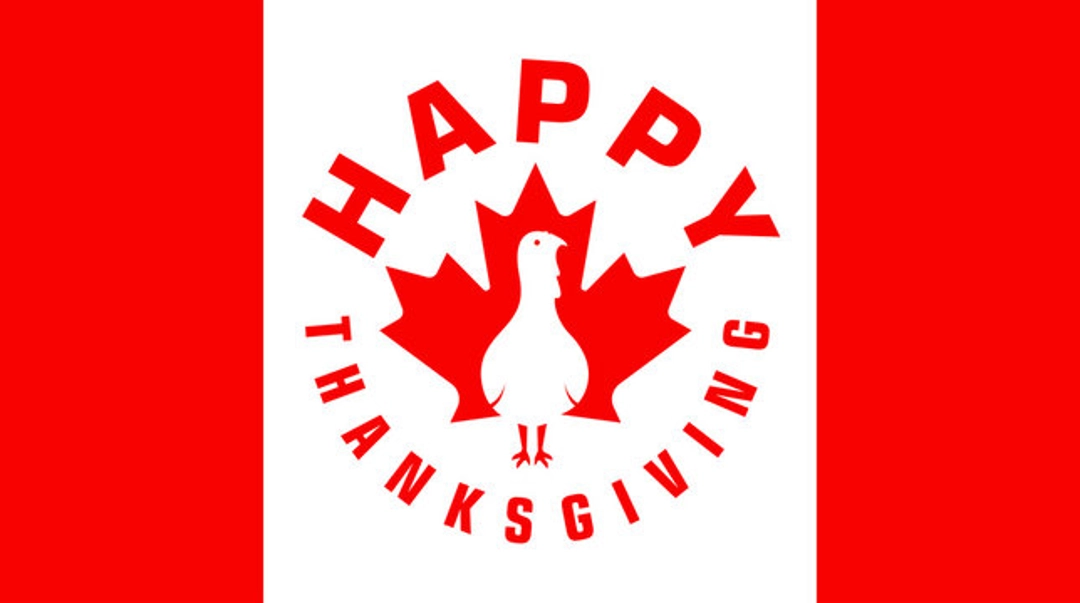
When is Thanksgiving in Canada?
Canadian Thanksgiving is on the second Monday in October every year.
There’s just something about chilly air and anticipatory and grateful vibes.
Here are the up-coming five years of Thanksgiving dates for you to use as a cheat sheet:
Year | Date |
|---|---|
2025 | Oct 13 |
2026 | Oct 12 |
2027 | Oct 11 |
2028 | Oct 9 |
2029 | Oct 8 |
2030 | Oct 14 |
These dates aren’t just random numbers; they are opportunities for families across Canada to joyously come together and make lasting memories.
The History and Origins of Canadian Thanksgiving
Early Celebrations
Canadian Thanksgiving can be traced back to as early as 1578.
It all started with a man named Martin Frobisher, an explorer who decided to put together a feast to show his thanks to the heavens for his safe passage through the icy waters.
This was well before the more famous “Thanksgiving” celebrated in the United States by the Pilgrims.
Later Europeans on Canadian soil, though, held thanksgiving dinners, too – typically after a harvest was successful.
These early celebrations eventually grew into what we call Canadian Thanksgiving today.
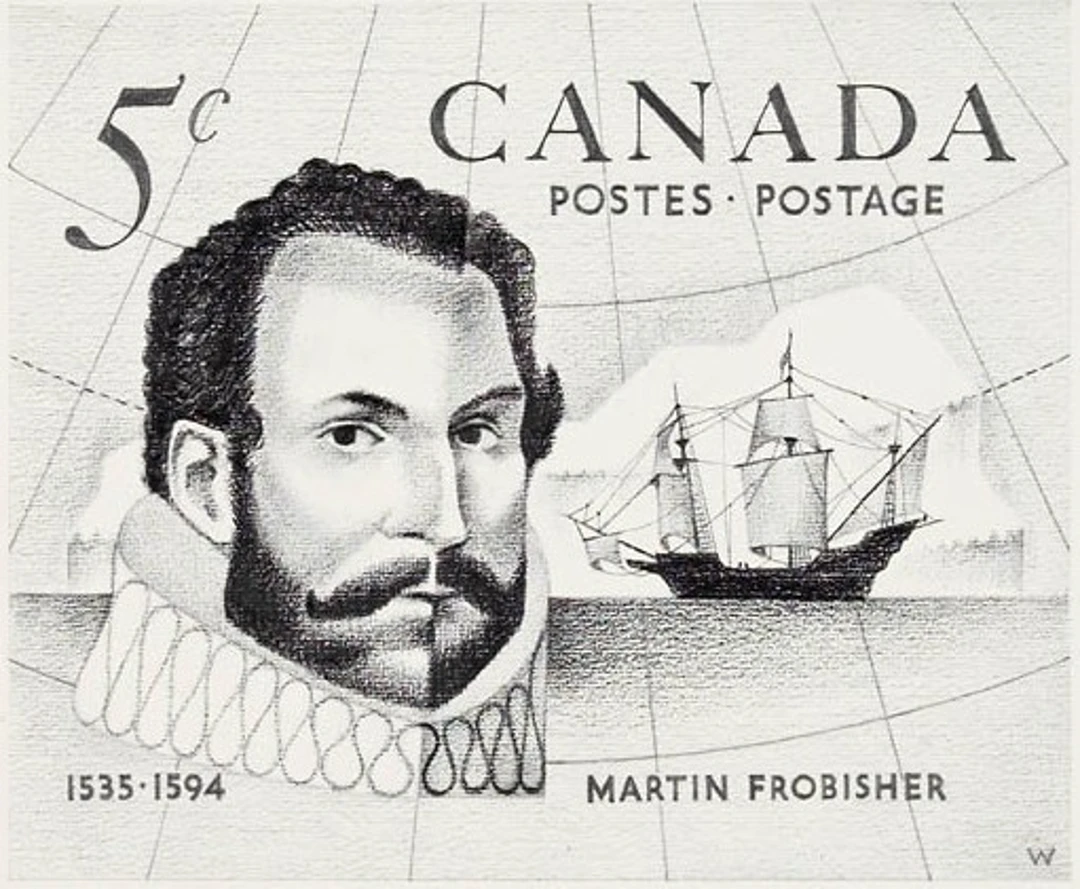
Evolution into a National Harvest Celebration
Thanksgiving in Canada has changed a lot since its origins.
At first, it was largely a Christian holiday and was centered around church services to give thanks for the years’ harvest and blessings.
But as Canada grew and changed, so did its version of Thanksgiving.
These church services slowly morphed from strictly religious in nature to a more general celebration of the day, where families would gather and share in the abundance of the autumn harvest.
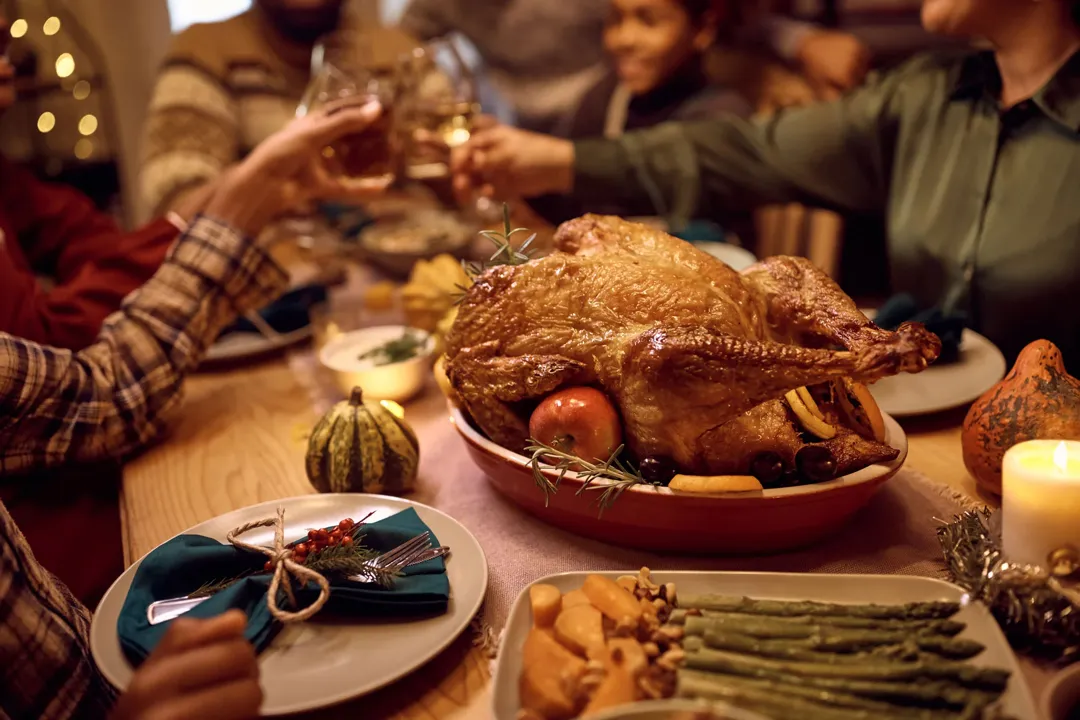
Official Designation in 1957
In what would become a pivotal year for Canada, 1957 is when Parliament finally declared a Thanksgiving holiday.
From now on, Canadians could anticipate celebrating on the second Monday in October.
It was a day, the official decree read, to give thanks for the harvest and do thanksgiving for the past year’s blessings.
This also helped to standardize the numerous regional Thanksgiving days enjoyed across Canada.
Thanksgiving has since turned into a day of appreciation and community building.
Thanksgiving Traditions in Canada
Family Gatherings
In Canada, Thanksgiving is a family holiday. It doesn’t seem as commercialized as it does in the U.S.
It seems more about connecting with others. Families come together to prepare a great meal, and then sit down to enjoy it.
It’s really about quality, not about doing anything elaborate or going overboard.
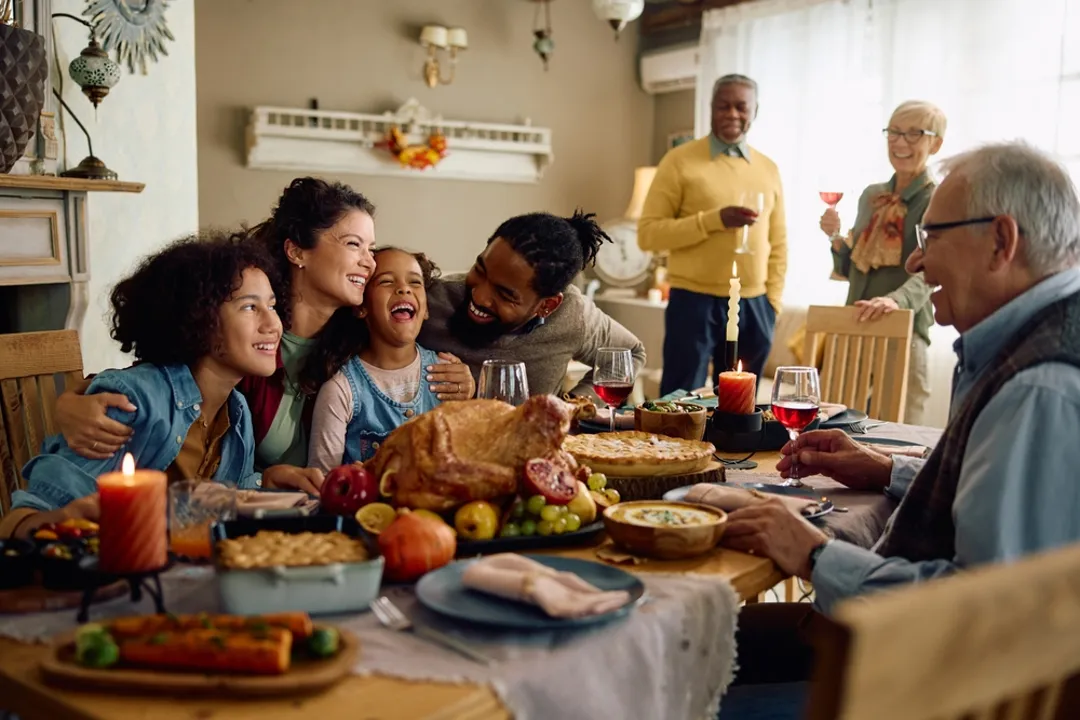
Sunday Dinners
Most Canadians have their Thanksgiving dinner on the Sunday. That way you don’t have to rush through it and you can enjoy the day a lot more.
When you dine on Sunday, you have the rest of the evening to enjoy the food and hospitality and then the next day can be spent either working it off in the great outdoors or simply resting up before the week begins.
It’s another reason why Canadian Thanksgiving is just really chill.
Outdoor Activities
In Canada, Thanksgiving is usually a time to be outdoors.
People hit the hiking trails or take leisurely walks through the colorful leaves.
It’s a chance to breathe in that chilly fall air and admire the scenery.
A lot of families mix celebrating Thanksgiving with getting out in nature, appreciating the great outdoors, and whether it’s a little stroll or something more involved, it’s just the cherry on top of the whole fall experience.
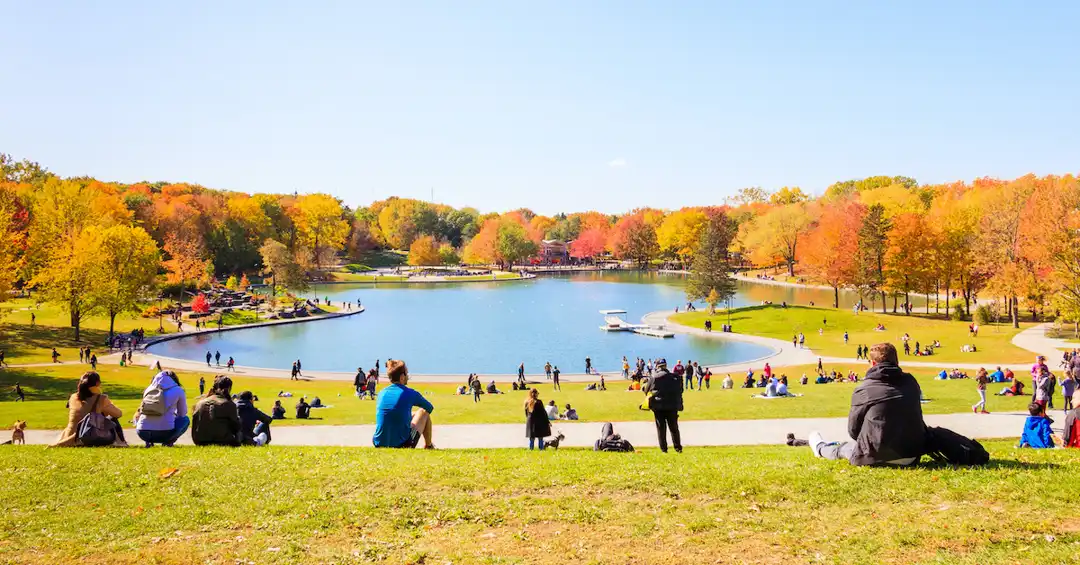
Community Events and Parades
In some areas, the celebration includes local parades and festivals.
One standout is the Kitchener-Waterloo Oktoberfest Parade, which is one of the most anticipated events of the year — for both residents and tourists.
It’s a time of coming together and celebrating the spirit of thanksgiving.
No matter if it’s a smaller local festival or a larger parade, the event always has a joyous, welcoming energy that all enjoy.
It’s important to remember that not all Indigenous peoples in Canada take part in Thanksgiving. Some recognize the holiday in different ways, while others avoid it altogether.
Thanksgiving Cuisine in Canada
Traditional Dishes
If you had to describe Canadian Thanksgiving in one word, it would be “comfort.”
At the center of the table is the roast turkey, usually accompanied by sides like stuffing, mashed potatoes, and gravy.
The meal is sure to warm you up, making it ideal for the colder autumn weather in October.
Cranberry sauce and an assortment of autumn vegetables, including squash and carrots, are there to add something sweet and healthy.
With the right ingredients, this traditional meal creates a hearty, mouthwatering spread that gets everyone in the family around the table.
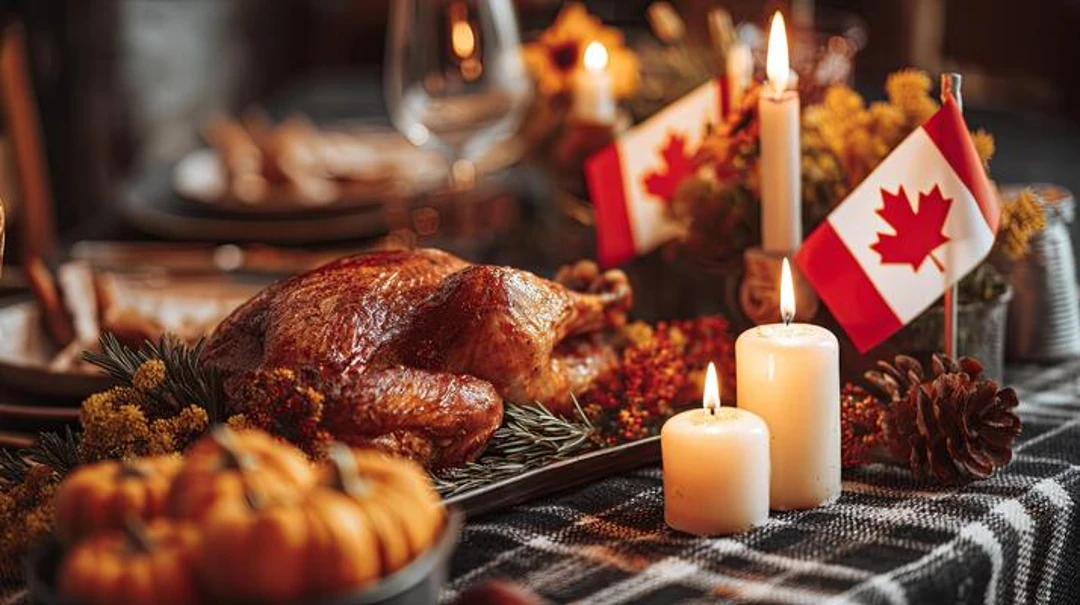
Dessert Favorites
No Thanksgiving is complete without dessert.
In Canada, the pie of choice is pumpkin. With its rich, velvety texture and spicy fragrance, it’s an excellent pairing with the savory meal.
But there is also room on that plate for butter tart, a quintessential Canadian dish made with syrupy insides and a flaky outer crust.
They make for a sweet end to a big Thanksgiving meal, a time to slow down and appreciate the season’s delicious tastes.
Regional and Cultural Variations
Thanksgiving food in Canada can be a bit different depending on where you are.
In Quebec, it’s common to see a tourtière (meat pie) on the table. On the west coast, you might have both or neither and enjoy salmon as the centerpiece of the meal.
And some families don’t even have turkey; they serve ham or some other cultural dish.
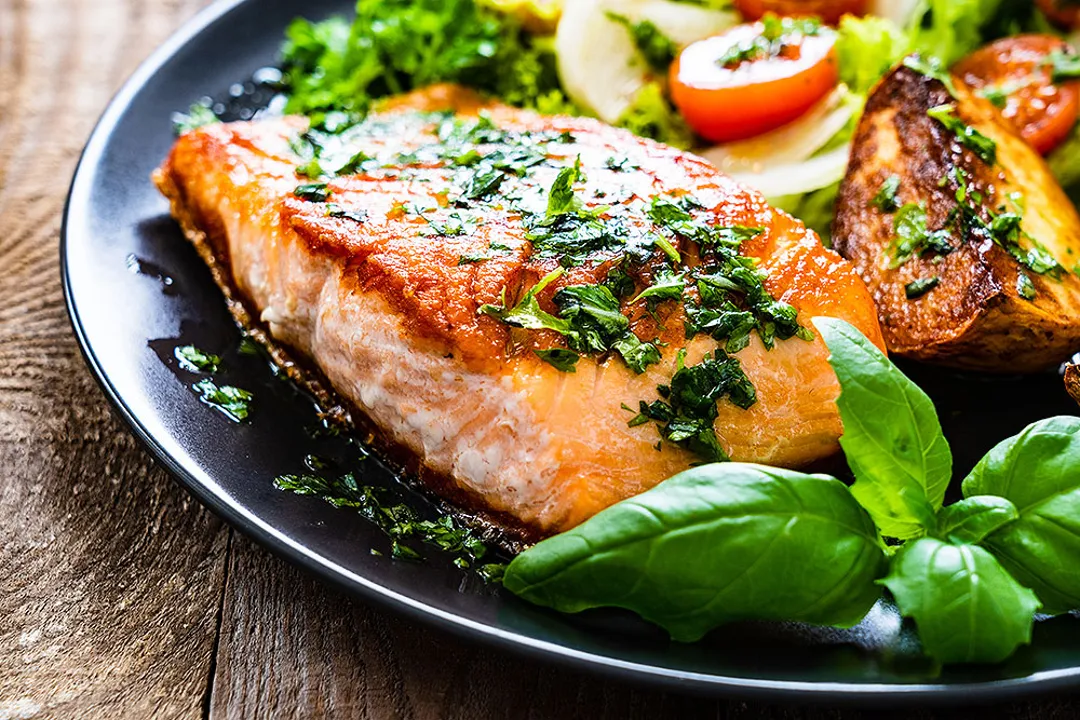
Differences Between Canadian and American Thanksgiving
Date
One of the other stark differences is the timing of the two Thanksgivings.
Canadian Thanksgiving happens on the second Monday in October, while American Thanksgiving is the fourth Thursday of November.
Canada’s falls earlier as it’s closer to the end of harvest and this date falls sooner in their colder climate.
That also means that Canadian Thanksgiving is full of bright fall colors as leaves change, which makes it extra cozy.
American Thanksgiving is the gateway to the holiday season with a four-day weekend before the festive winter season.
Origins
The holidays’ roots are different too.
The Canadian version has its origins in the harvest celebration in Europe when settlers gave thanks for a successful crop season.
It’s more about celebrating the end of the harvest in Canada.
The American holiday can be traced back to the 1621 Pilgrim feast at Plymouth, following a successful harvest and their ability to survive in the New World.
It’s a story and celebration that is almost mythic, serving as a concrete and defined manifestation of American cultural identity.
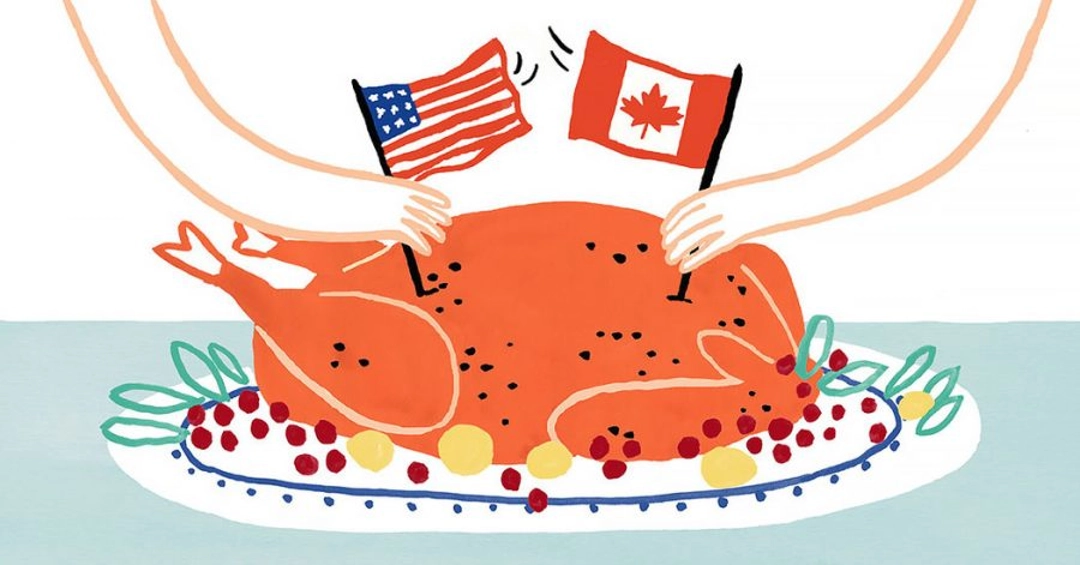
Weather and Seasonal Tone
Because Thanksgiving in Canada is mid-autumn, the weather is usually still nice and the fall foliage surrounds you, creating a fall setting that’s perfect for hiking and being outdoors.
In the United States, Thanksgiving is held as winter is starting to take over, and in many places in the country, it’s already cold and snowing.
That gives each holiday its own pattern and feeling, with Canadian Thanksgiving still being much more of an autumn celebration than anything.
Shopping
Another difference is the shopping craze, or rather the lack of it.
Thanksgiving in Canada is not immediately followed by a shopping bonanza, making for a more low-key holiday.
In the United States, Thanksgiving is followed by Black Friday, the most popular shopping day of the year, which adds a commercialized element to the holiday season.
Canadian Thanksgiving is a more traditional day of thanks that is more about spending time with the family rather than hitting the sales.
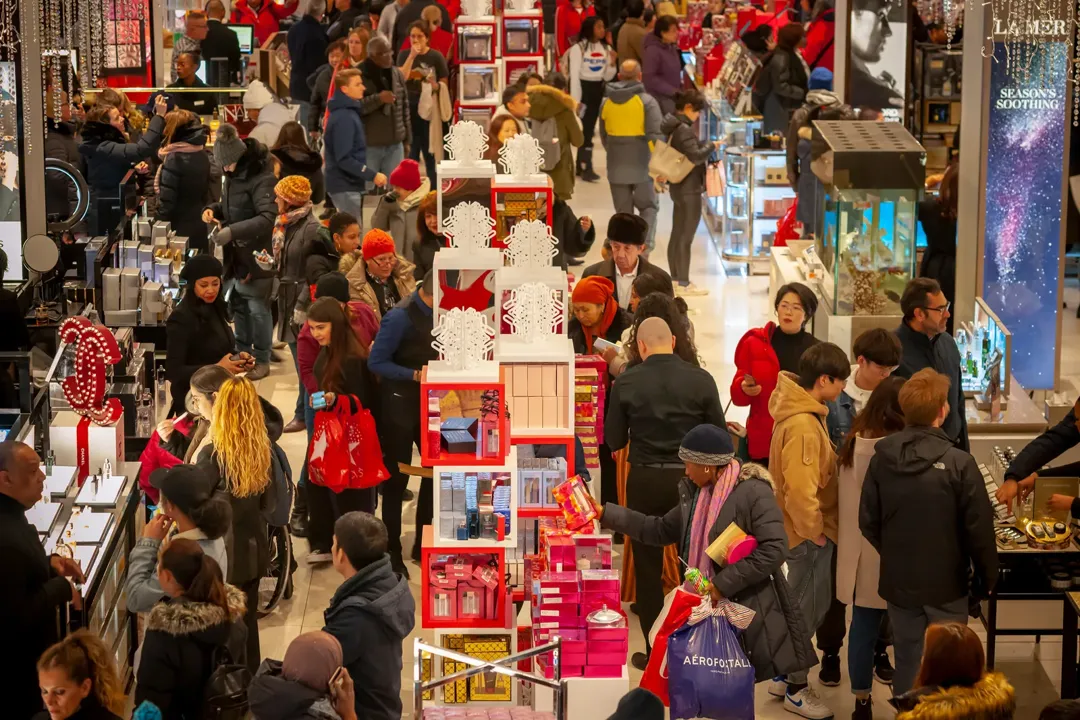
Cultural Atmosphere
The entire cultural vibe of Canadian Thanksgiving is more mellow and less boisterous than the U.S.
It’s all about the small-scale, intimate get-togethers, with less of the hype or hoopla.
It’s about family meals, getting together, and hanging out.
With the parades, footballs games, and bigger groups and events of Thanksgiving in the USA, things are more celebratory and chaotic there — the effects of which spill over into the holiday season.
FAQ
1. How long is the Thanksgiving holiday in Canada?
So Thanksgiving usually ends up as a three-day weekend. The official holiday is on Monday, but people often begin their celebrations on Saturday or Sunday.
2. Do Canadians exchange gifts for Thanksgiving?
Unlike Christmas, Thanksgiving has no tradition of gift exchange. The day is more centered on the meal and the accompanying social festivities.
3. Do restaurants in Canada offer special Thanksgiving menus?
A lot of people don’t want the hassle of cooking, so many restaurants have special Thanksgiving meals that they offer and you just don’t have to eat at home. You need to book in advance, because tables fill up quick this weekend though.
4. Do Canadians travel during Thanksgiving like in the U.S.?
A lot of Canadians will jet off to go see family or enjoy a short vacation during Thanksgiving. With that long weekend, plenty of people head away to the countryside.
Conclusion
Whether that means sitting down to a big meal with the family, or just getting out to enjoy the fall colors, there is always something for everyone.
It’s a holiday to simply stop and give thanks for the harvest and the blessings that have come your way this past year.
So go, enjoy yourself, and make some lasting memories with friends and family.
